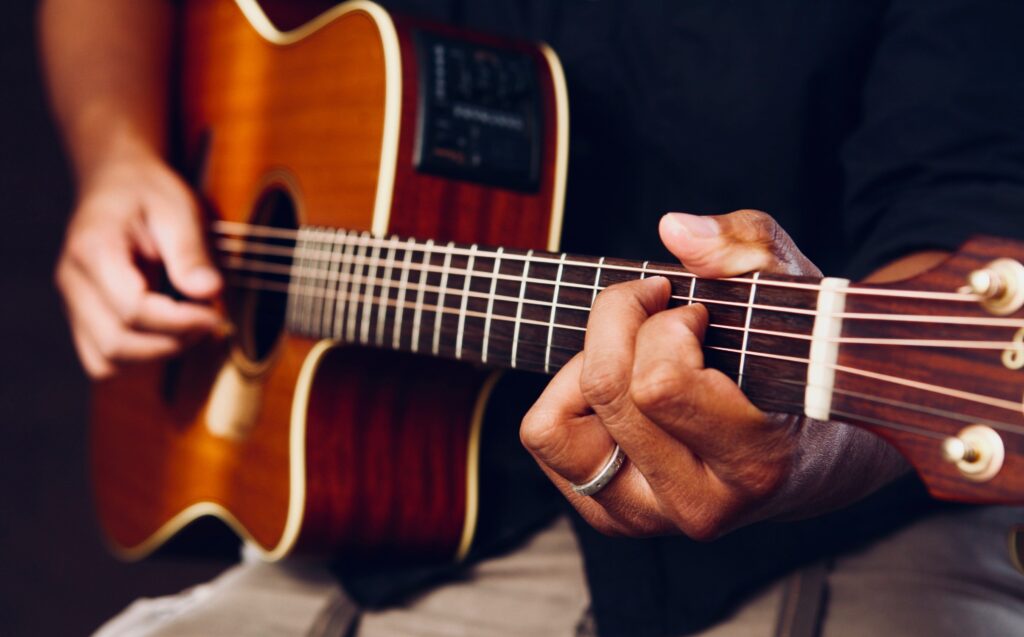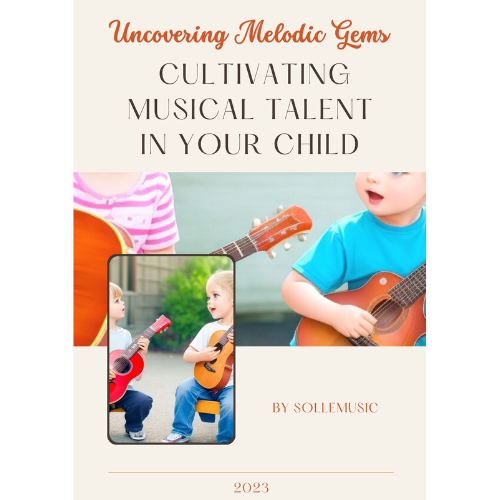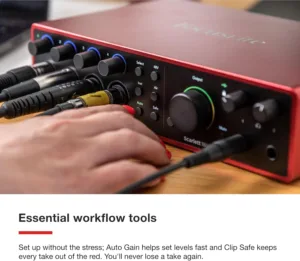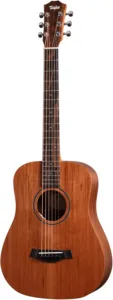I. Introduction
Exploring the Relationship between the Musician and the instrument means traveling deeply inside the human soul. Music serves as a unifying force. It transcends individual artistry to create a mesmerizing symbiosis between a musician's voice and the melodies of an instrument. Moreover, a musical instrument is a device designed to make musical sounds.
Additionally, this significant bond weaves a tapestry of emotive expression that resonates deeply with performers and audiences alike. In the following article, you will go beyond describing instruments as physical objects. Furthermore, you will explore the Relationship between the Musician and the device.

II. Exploring the Relationship between the Musician and the Instrument through The Musician's Instrument:
What is the role of instruments in music?
A musical instrument is used to make musical sounds. Once humans moved from making sounds with their bodies — for example, by clapping—to using objects to create music from sounds, musical instruments were born.
· Unveiling the Power of the Human Voice
The human voice is a remarkable instrument, conveying a vast range of emotions through its unique tonal qualities and expressive capabilities. Understanding the vocal anatomy enables musicians to harness the full potential of their instruments. It allows a profound connection with listeners.
Additionally, voices can transmit emotion and create empathy and understanding. One of the famous producers, Joe Richmond, calls it "radio's super-power." No newspaper or video will match the ability of a simple human voice to create an emotional connection. Audio is better at this than anything."
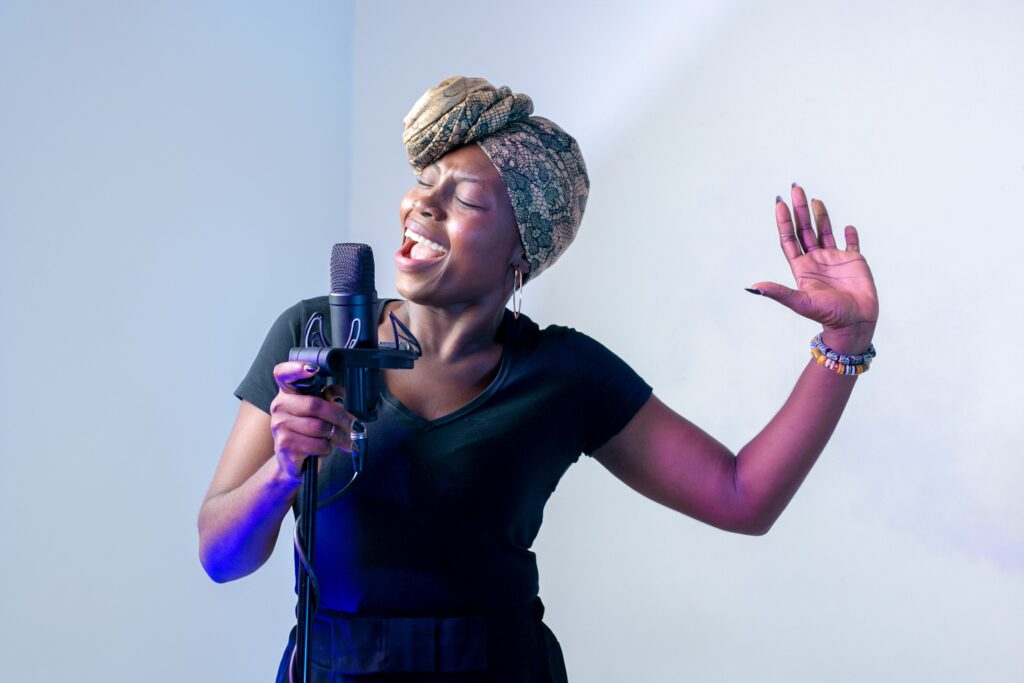
· Exploring the Relationship between the Musician and the instrument requires Vocal Anatomy
Understanding the Intricacies of the Human voice requires Vocal Anatomy. Vocal Anatomy leads learners to explore the Relationship between the Musician and the instrument. The human voice is a remarkable instrument. Its unique tonal qualities and expressive capabilities can convey many emotions. Knowing the science of the vote is essential for vocalists because it changes how they view their voice. Studying vocal anatomy and how it affects voice production and phonation is challenging. Still, one must do thorough research to understand it better.
III. The Instrument's sound in Exploring the Relationship between the Musician and the instrument
Musical instruments possess a distinct sound that evokes profound emotional responses. From the warm embrace of a cello to the ethereal notes of a piano, each agent carries its emotional resonance, enriching the musical landscape.
Melding Vocal Expression with Instrumental Melodies means Finding Harmony. When a musician's voice intertwines with the melodies of an instrument, a harmonious convergence occurs, elevating the emotional depth and richness of the music. This intersection creates a seamless blend of vocal expression and instrumental melodies, captivating audiences with its expressive power. When a musician's voice intertwines with the themes of an instrument, a harmonious convergence occurs, elevating the emotional depth and richness of the music.
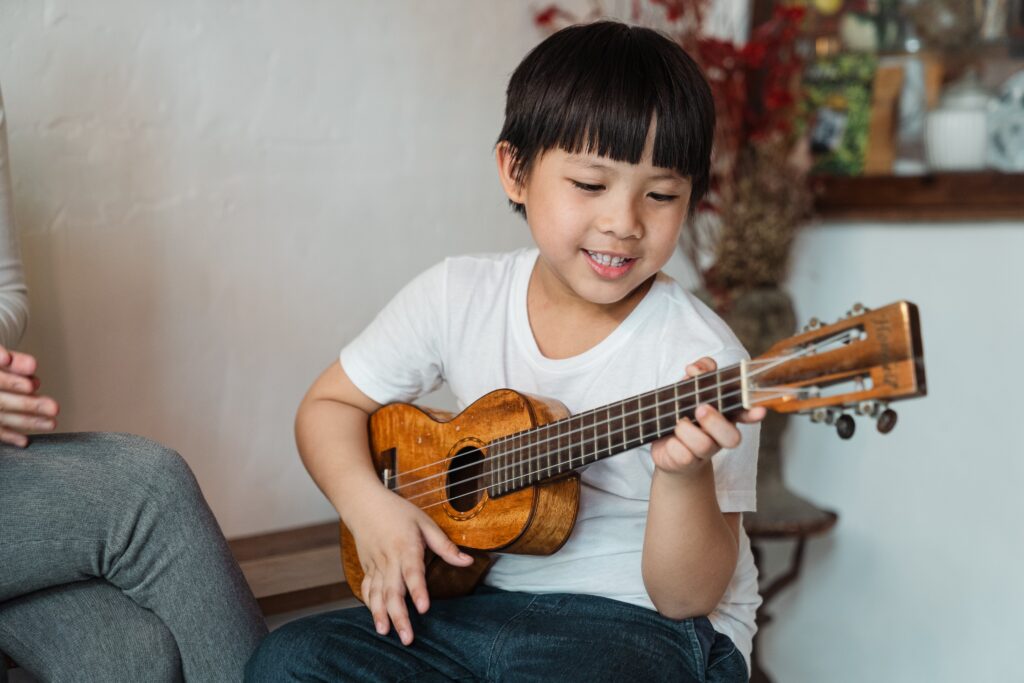
IV. The Art of Collaboration: Beyond the Boundaries
Collaboration between musicians and instrumentalists fosters a symbiotic relationship. It allows for seamless integration and mutual artistic enhancement. Cultivating communication and understanding between both parties nurtures a unified musical expression that transcends individual contributions. Music has a Uniting Force of Explaining the Intricate Bond between Voice and Instrument. The fusion of a musician's voice with the melodies of an instrument creates a mesmerizing symbiosis that transcends individual artistry, weaving a tapestry of emotive expression.
There no longer exist relations between us. Some time ago, I lost my sense of the border between us . . . there I was— and my cello became just a red spot at my belly, like a dissected peritoneum. And actually, I feel it now in this manner, much like a musician seems to feel his vocal cords. I experience no difficulty in playing sounds. Indeed, I do not report to myself on how I speak. Just so, I play music involuntarily. The cello is my tool no more.
(Cited in Zinchenko, 1996, p. 295
Collaboration between musicians and instrumentalists fosters a symbiotic relationship, allowing for seamless integration and mutual artistic enhancement.
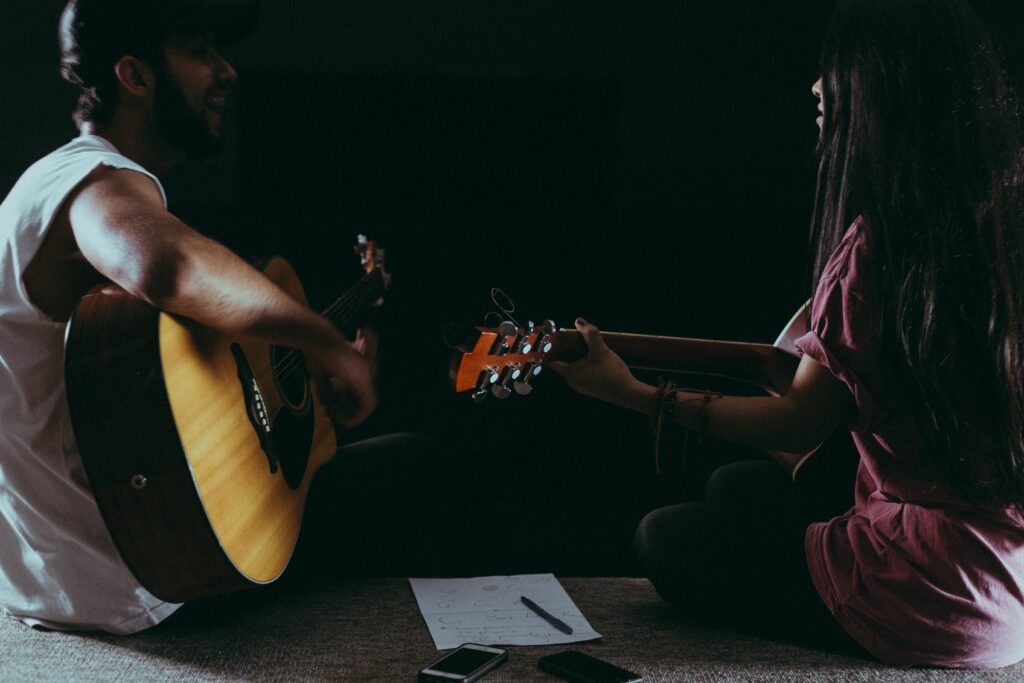
V. Techniques for Performance:
Musicians and instrumentalists employ various techniques to achieve a harmonious blend, enhancing the musical experience. From phrasing to dynamics, these strategies contribute to seamless integration and artistic cohesion in performances.
Vocal-Instrumental Dynamics: Strategies for Achieving Seamless Integration and Artistic Cohesion
From phrasing to dynamics, musicians, and instrumentalists employ various techniques to achieve a harmonious blend, enhancing the overall musical experience.
VI. The Healing Power of Music
Music-making can heal and uplift. It offers solace and emotional resonance to both performers and audiences. Harnessing unified vocal-instrumental performances' emotional and healing potential creates a therapeutic harmony that transcends barriers.
Music generates therapeutic Harmony when Exploring the Relationship between the Musician and the instrument. Symbiotic music-making can heal and uplift, offering solace and emotional resonance to performers and audiences.
Both musicians and instrumentalists face challenges in achieving symbiosis, requiring adaptability and mutual understanding to overcome obstacles. Historically, iconic collaborations have exemplified unified vocal-instrumental expression's enduring beauty and emotional impact.
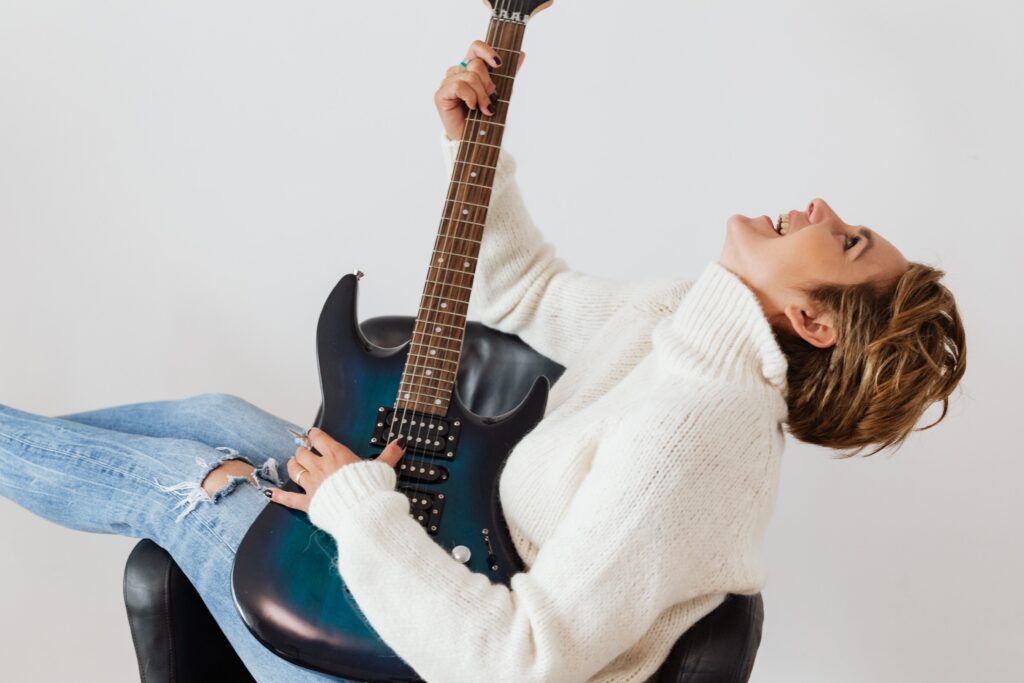
VII. Session Musicians:
What is a session in music?
When it comes to music, you need to know something important about session musicians. Session musicians are hired to perform in a recording session or a live performance.
A lot of bands use Session Musicians. They are the most talented and experienced players. They have learned to play and record music under time and money pressure. Session musicians played different genres of music, from classical to jazz, pop, religious, etc. When Exploring the Relationship between the Musician and the instrument, Session Musicians have a great bond with their devices.
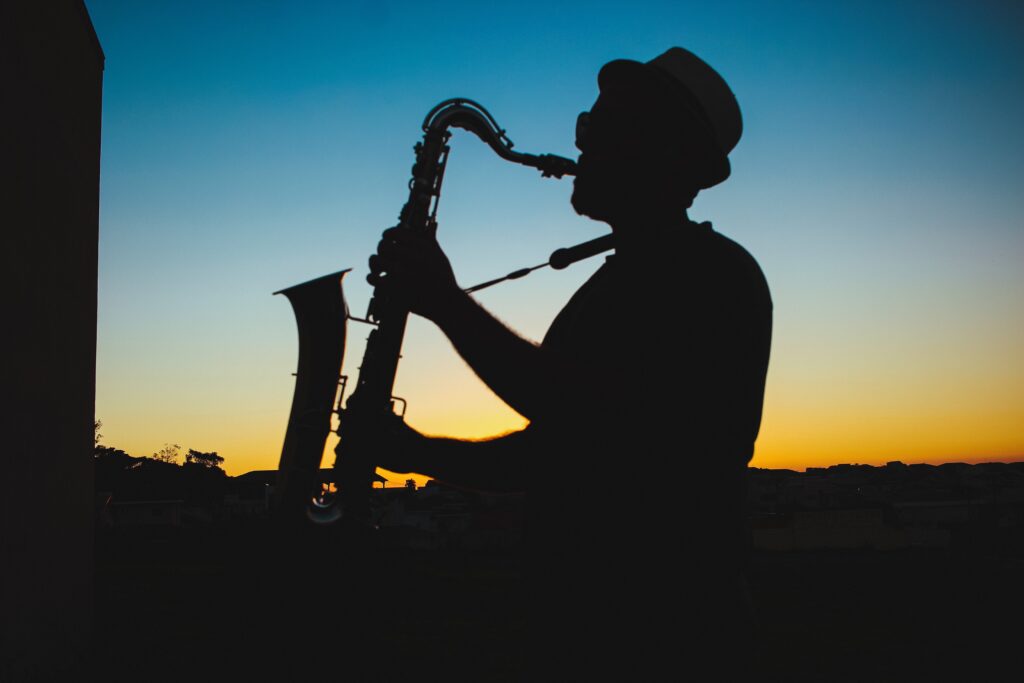
VIII. Conclusion
To conclude, there is a powerful bond between the Musician and the instrument. Hence, the history of musical instruments dates to the beginnings of human culture. You will find two different tools. But, you will see two music styles in various ways. However, musicians are attached to their instruments.
IX. FAQ About Exploring the Relationship between the Musician and the Instrument
Q: How can musicians and instrumentalists enhance their collaborative synergy?
A: By actively listening to each other, communicating openly, and respecting each other's artistic contributions, musicians and instrumentalists can foster a more profound sense of collaboration and unity in their performances.
Q: What are some examples of iconic collaborations between musicians and instrumentalists?
A: Iconic collaborations such as Ella Fitzgerald and Louis Armstrong or Yo-Yo Ma and Bobby McFerrin showcase the timeless beauty of unified vocal-instrumental expression, leaving a lasting impact on musical history.

Q: Can the symbiosis between voice and instrument transcend cultural boundaries?
A: Yes, the emotional resonance of unified vocal-instrumental expression transcends cultural differences, resonating with audiences across diverse backgrounds and traditions.
Q: How can musicians and instrumentalists enhance their collaborative synergy?
A: By actively listening to each other, communicating openly, and respecting each other's artistic contributions, musicians and instrumentalists can foster a more profound sense of collaboration and unity in their performances.
Q: What are some examples of iconic collaborations between musicians and instrumentalists?
A: Iconic collaborations such as Ella Fitzgerald and Louis Armstrong or Yo-Yo Ma and Bobby McFerrin showcase the timeless beauty of unified vocal-instrumental expression, leaving a lasting impact on musical history.
Q: Are you a musician if you play an instrument?
It is unnecessarily optional if you have a natural talent for a particular instrument. There's a difference between playing an instrument and being a musician. Indeed, the difference involves practice. Musicians are dedicated to improving their skills and learning new techniques and more complicated music on their chosen they've.

